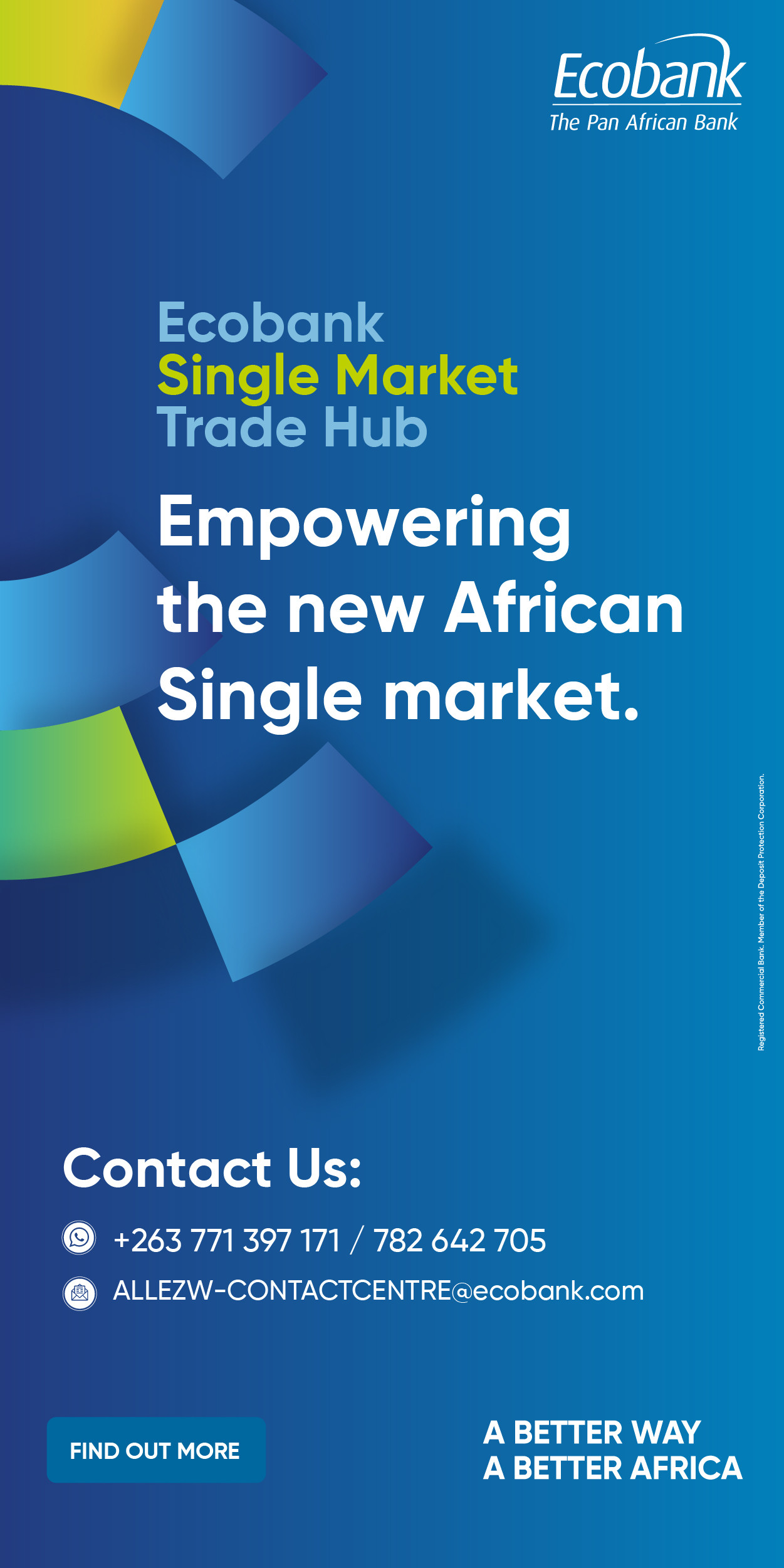- Zimbabwe's diamond exports skyrocketed from $3.66 million in March to $33.47 million in April 2025despite a global price drop
- The country's diamond industry faces challenges from high U.S. tariffs and the rise of lab-grown diamonds, which are sold at significant discounts compared to natural diamonds
- How Zimbabwe can enhance its diamond industry
Harare- While global diamond prices are crashing from US$3,400 in 2020 to a mere $900 in 2024, a 74% decline, Zimbabwe’s diamond industry shows respite according to the latest trade data by Zimstart, defying global trends.
Though made of the hardest material on earth, diamonds, with their complex supply chains and expensive price tags, the precious mineral is succumbing to high tariffs from the United States and the emergence of lab-grown diamonds.
Diamonds are facing a baseline 10% import duty to the U.S., a market that accounts for over half of the global demand for polished diamonds. The sector is also bracing for additional duties should Trump’s 90-day pause end without new agreements. It is clear that the diamond industry, on a global level, is facing a perfect storm of challenges.
The biggest disruption to the industry has been the emergence of lab-grown diamonds (LGDs). Chemically identical to natural diamonds, these stones are impossible to distinguish with the naked eye and sell at an 80% discount compared to their natural counterparts, leading many customers to take advantage of the lower prices.
A watershed moment occurred in 2021 when Pandora, the world’s largest jewellery brand by volume, became the first to stop selling mined diamonds. In the U.S., which has been one of the largest diamond markets since 2022, the volume of lab-grown diamonds in loose stones has surpassed that of mined diamonds.
Amid this backdrop of challenges, Zimbabwe's diamond exports surged by an astonishing 912% in April 2025.
Diamond export earnings in April in US$ Millions
Sources: Zimstat, Equity Axis
The country's diamond exports rose from $3.66 million in March to $33.47 million in April, according to the latest trade data from Zimstat.
However, this figure pales in comparison to the record high of $115.86 million achieved in July 2023, with other notable peaks including $66.38 million in May 2023, $57.89 million in March 2024, and $45.22 million in March 2022.
These fluctuations reflect the volatility of the industry, raising the question: Can Zimbabwe’s diamonds thrive in a hostile global environment where prices are falling and artificial lab-grown diamonds are gaining ground?
As the seventh-largest diamond producer globally, Zimbabwe has earned $938.7 million from diamond exports since 2021, yet the government’s target of $1 billion, set as far back as 2022, appears elusive without significant reforms.
The backbone of Zimbabwe’s diamond production lies in a handful of major players, predominantly state-controlled entities. The Zimbabwe Consolidated Diamond Company (ZCDC), a government-owned enterprise, is the largest producer, overseeing the bulk of operations in the Marange diamond fields, among the richest deposits globally. Established in 2016 after the state expelled private firms from Marange amid allegations of corruption, ZCDC produced approximately 4.5 million carats in 2022.
Another significant player is Anjin Investments, a joint venture between the Chinese firm Anhui Foreign Economic Construction Group and Matt Bronze, an investment arm of the Zimbabwean military. Reinstated in 2019 after a 2016 expulsion linked to revenue mismanagement, Anjin bolsters the sector’s output.
ALROSA, the world's largest diamond producer by output, has announced plans to double its initial investment in its joint venture with the Zimbabwe Consolidated Diamond Company (ZCDC), in a move that shows growing confidence in Zimbabwe's mining sector. Alrosa, a Russian-based company with nearly 70 years of history, first began geological exploration in Zimbabwe in 2013.
In 2016, the company dropped its licenses but returned in 2019. The company is currently conducting exploration operations under Special Grants and Exclusive Prospecting Orders. Alrosa has secured 40 such Special Grants and Orders since its return to Zimbabwe.
The third player is RioZim. The struggling giant, known for its gold production, also has a diamond arm, RioZim Murowa, which operates the Murowa mine in the south. These entities have driven Zimbabwe to become the seventh-largest diamond producer globally.
Zimbabwe’s diamond production has experienced peaks and troughs, reflecting both its resource wealth and structural challenges. Production has seen fluctuations.
After peaking at over 12 million carats annually in the early 2010s, output dropped due to depleted alluvial reserves and underinvestment. The 2022 uptick to 4.5 million carats reflected renewed efforts, and a 912% increase in export earnings in April 2025 highlights potential.
However, this spike follows years of unmet targets, such as the government’s $1 billion revenue goal, with only $938.7 million earned since 2021, over a span of more than 4 years. These figures suggest growth but also show inefficiencies and missed opportunities at the local level.
To increase diamond output and local production, Zimbabwe can learn from diverse global leaders, adapting their strategies to its context.
Canada’s diamond industry, centered in the Northwest Territories, thrives on advanced technology and exploration. Companies like Dominion Diamond Mines use cutting-edge geophysical surveys to locate kimberlite pipes, boosting output to 10.6 million carats in 2022. Zimbabwe could invest in similar technologies to identify new reserves beyond Marange, reducing reliance on depleting alluvial deposits. High initial costs are offset by long-term gains, critical amid low prices where production efficiency is key.
Russia, led by ALROSA balances state oversight with private efficiency. ALROSA’s joint venture with ZCDC exemplifies this, bringing expertise and capital. Zimbabwe could expand such partnerships, ensuring state revenue while leveraging private sector innovation. Russia’s focus on deep mining could guide Zimbabwe to tap deeper reserves,
Botswana’s success hinges on its partnership with De Beers through Debswana, a 50-50 joint venture that ensures significant revenue retention. With a 15% stake in De Beers, Botswana captures value across the diamond chain, from mining to trading. Additionally, it focus on local beneficiation via its Diamond Hub, which boosts cutting and polishing, and offers a blueprint for Zimbabwe.
These require state intervention through policing, however.
Zimbabwe’s tax policies significantly affect its diamond industry’s competitiveness. Royalty rates highlight a key disparity with Botswana. Zimbabwe levies a 10% royalty on diamond production, alongside additional taxes, creating a high fiscal burden. In contrast, Botswana’s royalty rate is also 10% but is negotiable and paired with incentives for local beneficiation, making it more investor-friendly.
Botswana’s effective tax rate on diamond profits can drop below 10% for firms that process locally, while Zimbabwe’s rigid 10% royalty, combined with other levies, discourages exploration and modernisation.
Reforming the tax structure to regionally competitive levels, and offering incentives for beneficiation, could attract investment while ensuring long-term benefits.
The government must shift its focus from overtaxing to boosting production and value addition.
Equity Axis News





